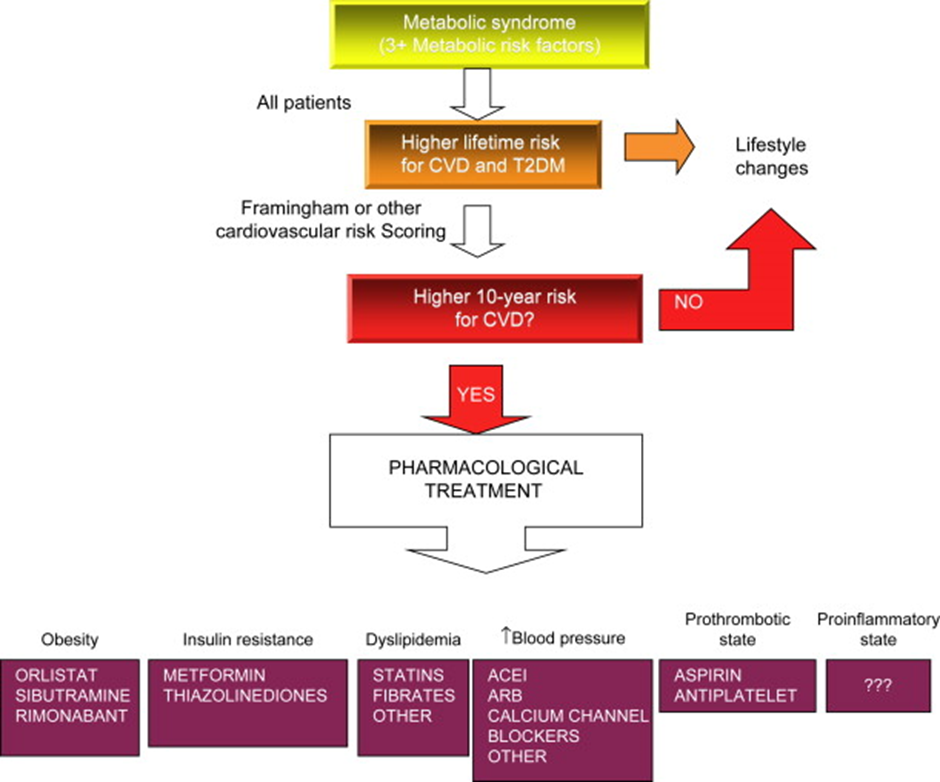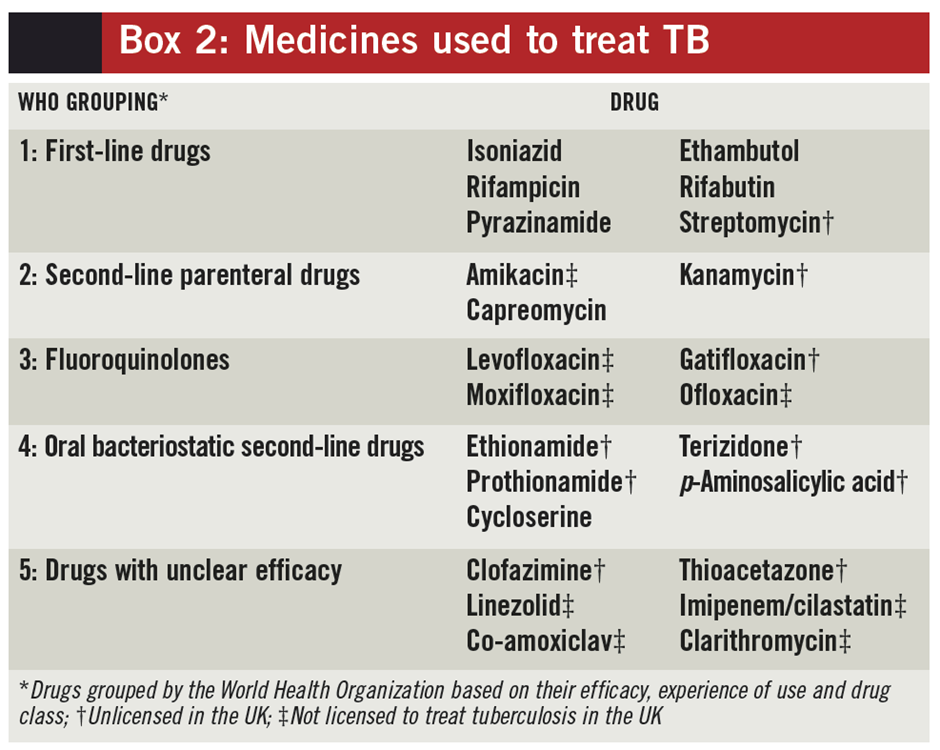A nurse is reviewing the plan of care with a client who has a new prescription for lovastatin. Which of the following statements by the client should indicate to the nurse a need for further assessment?
"I should avoid drinking grapefruit juice."
"I am trying to decrease my dietary fat intake."
"I was just diagnosed with hepatitis B."
"I take metformin for my diabetes."
The Correct Answer is C
Choice A Reason:
"I should avoid drinking grapefruit juice." This statement is actually accurate. Grapefruit juice can interfere with the metabolism of certain statin medications, including lovastatin, leading to increased levels of the drug in the body. Advising against grapefruit juice consumption is a recommended precaution when taking lovastatin, so this statement shows the client's understanding of this interaction.
Choice B Reason:
"I am trying to decrease my dietary fat intake." This statement reflects a positive lifestyle change. Lowering dietary fat intake is often recommended for individuals on statin medications to help manage cholesterol levels. This statement demonstrates the client's commitment to making healthy dietary adjustments, which aligns with the treatment plan.
Choice B Reason:
"I was just diagnosed with hepatitis B. "Hepatitis B can affect liver function, and statin medications like lovastatin can potentially impact liver enzymes. Therefore, in someone with a history of hepatitis B, it's crucial to assess liver function before starting a statin and to monitor the liver during treatment. This statement raises concerns about potential liver complications or interactions that require further evaluation before initiating lovastatin.
Choice D Reason:
"I take metformin for my diabetes." Metformin, a medication for diabetes, does not directly interact with lovastatin. While it's relevant to know the client's other medications, this statement doesn't indicate a need for immediate further assessment regarding the use of lovastatin.
Nursing Test Bank
Naxlex Comprehensive Predictor Exams
Related Questions
Correct Answer is D
Explanation
Choice A Reason:
Regular insulin is incorrect. Regular insulin is a short-acting insulin used for managing diabetes, particularly for controlling blood sugar levels during meals. However, it's not typically the initial medication introduced in the management of metabolic syndrome with an HbA1c of 6.5%. Insulin therapy is generally considered when other medications or lifestyle changes aren't effective in controlling blood sugar levels.
Choice B Reason:
Exenatide is incorrect. Exenatide is a GLP-1 receptor agonist, used to manage type 2 diabetes. While it's effective in controlling blood sugar levels, it's often considered after initial treatments like metformin, especially in newly diagnosed cases or those with moderately elevated HbA1c levels.
Choice C Reason:
Insulin glargine is incorrect. Insulin glargine is a long-acting insulin used in diabetes management, providing a steady level of insulin throughout the day. Like regular insulin, insulin glargine is typically considered later in the treatment plan and is not usually the first medication introduced in cases of new metabolic syndrome diagnoses with moderately elevated HbA1c levels.
Choice D Reason:
Considering the client's new diagnosis and moderately elevated HbA1c level, educating about metformin aligns with the typical first-line approach in managing blood sugar levels and metabolic syndrome in this scenario.

Correct Answer is B
Explanation
Choice A Reason:
"You should report monthly to have your blood drawn to monitor kidney function while taking medication." Is incorrect. While monitoring kidney function might be necessary during tuberculosis treatment due to potential medication side effects, monthly blood draws specifically for kidney function might not be standard. However, periodic blood tests to monitor various parameters, including kidney function, are part of tuberculosis treatment monitoring.
Choice B Reason:
"You will need to take two or more medications to treat your disease." Is correct. Treatment for active pulmonary tuberculosis typically involves a combination of antimicrobial medications to effectively treat the infection and prevent antibiotic resistance. This multidrug therapy is essential to combat the bacteria causing tuberculosis and reduce the risk of treatment failure or relapse.
Choice C Reason:
"You will need to undergo tuberculin skin tests every 6 months while taking medication for your disease." Is incorrect. Tuberculin skin tests are used for screening or diagnosing tuberculosis but are not typically repeated every six months during active treatment for the disease.
Choice D Reason:
"You should anticipate taking medication to treat your disease for at least the next 3 years." Is incorrect. The duration of treatment for active pulmonary tuberculosis varies but is typically shorter than three years. Treatment duration usually lasts several months to a year, depending on the specific medication regimen and the response to treatment.

Whether you are a student looking to ace your exams or a practicing nurse seeking to enhance your expertise , our nursing education contents will empower you with the confidence and competence to make a difference in the lives of patients and become a respected leader in the healthcare field.
Visit Naxlex, invest in your future and unlock endless possibilities with our unparalleled nursing education contents today
Report Wrong Answer on the Current Question
Do you disagree with the answer? If yes, what is your expected answer? Explain.
Kindly be descriptive with the issue you are facing.
